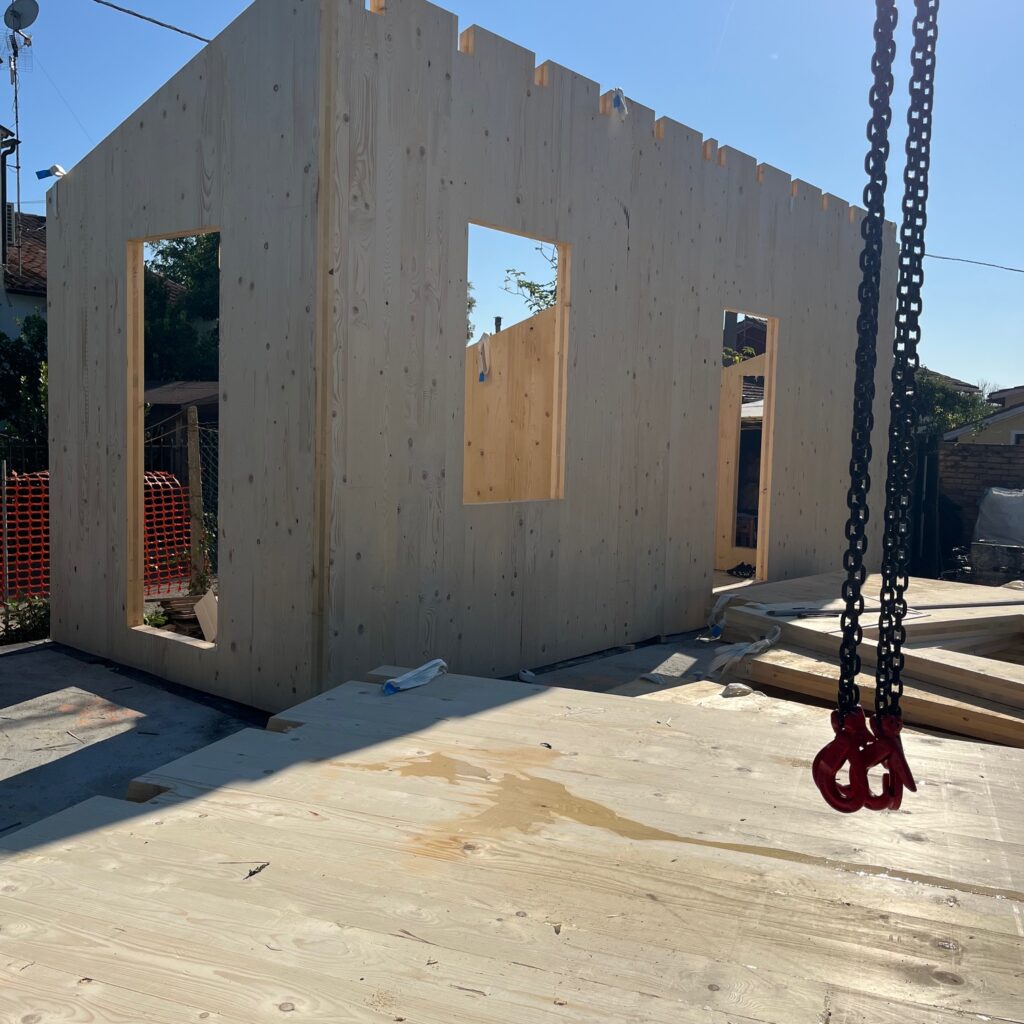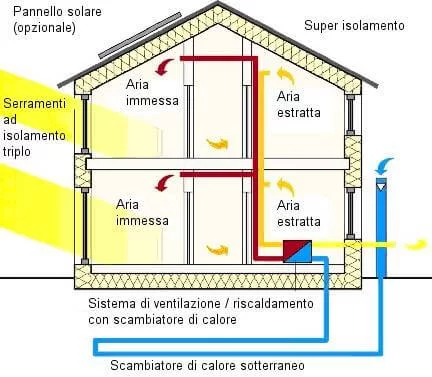Extension of Tax Deductions to 50% for 2026

The extension of the 50% Tax Deductions for 2026 pending formalization in the new budget law is good news for those who want to renovate their homes in an efficient and sustainable way. Much of Lignodesign ‘s activity is dedicated to seismic improvement and energy efficiency of existing buildings. That is why we welcome the extension to 2026 of the 50 percent tax deductions confirmed by the new Budget Law. An initiative that continues to stimulate citizens and families toward more conscious choices geared toward reducing energy consumption and improving the structural safety of homes. Renovating with Lignodesign: demolish to rebuild better Lignodesign carries out building renovation projects and interventions, including through demolition and reconstruction of obsolete buildings, respecting the criteria of current regulations. This type of intervention falls fully into the category of building renovation, and therefore benefits from the tax deductions provided. We are also able to propose conservative solutions on the existing, with innovative construction techniques and sustainable materials that respect the environment and improve living comfort. Regulatory Framework: what changes in 2026 The eligibility for tax deductions is confirmed until December 31, 2026: – 50% for the first house – 36% for other real estate The deduction remains divided into 10 equal annual installments, and the maximum amounts remain the same as in previous years. Renovation Bonus (art. 16-bis TUIR) Rates 2026 – 50% for principal residence – 36% for other real estate Expenditure ceiling: € 96,000 per property unit Maximum deduction: – € 48,000 for first home – € 34,560 for other property Eligible expenses: extraordinary maintenance, restoration, conservative rehabilitation, building renovation and seismic improvement. Ecobonus – Installations Rates 2026 – 50% for principal residence – 36% for other real estate Maximum deduction: € 30,000 per property unit Maximum corresponding expenditure: – First home: € 60,000 – Other property: € 83,333 Eligible interventions: replacement of winter air conditioning systems, heat pumps, hybrid systems and high-efficiency generators. Ecobonus – Envelope (Walls, Roof, Windows) Rates 2026 – 50% for principal residence – 36% for other real estate Maximum deduction: €60,000 per real estate unit Maximum corresponding expenditure: – First home: €120,000 – Other real estate: €166,667 Allowed interventions: thermal insulation of the building envelope (walls, roofs, floors), replacement of windows and doors. Other Eligible Interventions (Ecobonus) – Global energy upgrading: deduction max € 100,000 – expenditure up to € 200,000 – Solar thermal: maximum deduction € 60,000 – expenditure up to € 120,000 – Microcogenerators: maximum deduction € 100,000 – expenditure up to € 200,000 Summary Table – Ceilings 2026 Intervention Rate Maximum deduction Maximum expenditure Renovation Bonus (first home) 50% € 48.000 € 96.000 Bonus Renovations (other properties) 36% € 34.560 € 96.000 Ecobonus – Installations (first home) 50% € 30.000 € 60.000 Ecobonus – Installations (other real estate) 36% € 30.000 € 83.333 Ecobonus – Casing (first home) 50% € 60.000 € 120.000 Ecobonus – Casing (other real estate) 36% € 60.000 € 166.667 Overall energy upgrading 50% € 100.000 € 200.000 Solar thermal 50% € 60.000 € 120.000 Microcogenerators 50% € 100.000 € 200.000 Operational Notes and Requirements The 50% rate applies only to the taxpayer’s main home. 2. The ceiling of € 96,000 for the Home Bonus is unique for each housing unit. 3. Ecobonus ceilings refer to the deduction, not the expenditure. 4. All deductions are to be spread over 10 equal annual installments. 5. ENEA reporting for energy efficiency interventions remains mandatory. Lignodesign: efficiency, safety and value over time Renovating today with Lignodesign means investing in safety and comfort, but also enhancing your property while respecting the environment and new regulations. Our technicians are available to analyze each case, estimate tax benefits, and design tailored interventions-from window replacement to full reconstruction in high-performance X-Lam wood. 📞 Contact us for a free consultation: find out how to reduce consumption, improve comfort and access the 2026 tax benefits.
Energy efficiency and zero consumption goal

High Energy Efficient Homes: The Zero Energy Building (ZEB) Zero-consumption houses are no longer an unattainable dream, but an established building practice, as enshrined in the European Community’s 20-20-20 directive. This ambitious goal promotes energy efficiency and sustainability for all member states. To learn more, you can visit the official website: 20-20-20 Directive. An Evolution in Construction Techniques. Until recently, constructing truly well-insulated buildings seemed impossible. In the 1990s, just a few centimeters of thermal insulation was enough to meet current regulations; later, the thickness of insulation increased: from 10 cm to 15 cm, to 20-25 cm today, thus achieving true super-insulation. The Recipe for Energy Efficiency. The solution is simple: use a significant amount of insulation and choose materials that provide exceptional thermal efficiency, both in summer and winter. This approach makes it possible to heat the house efficiently, to the point that the energy produced by appliances and the calorie emitted by the inhabitants’ human bodies are sufficient to achieve comfortable temperatures. Sustainability and Renewable Energy Sources. By adopting these construction techniques, we avoid the use of nonrenewable energy sources such as gas or diesel fuel, instead favoring the sun as the primary source of energy. With photovoltaic and solar thermal systems, we can self-produce both electricity and heat, ensuring thermal efficiency and zero energy consumption. Ecological Materials for a Sustainable Future To provide thermal insulation and achieve the goal of the zero-consumption house, we use materials not derived from petroleum, but from mineral sources such as rock wool or plant sources such as wood fiber. This choice not only improves summer insulation, but also makes our buildings more environmentally friendly. Conclusion Investing in energy-efficient homes means setting our sights on a sustainable and responsible future. By adopting modern technologies and environmentally friendly materials, we can contribute to a healthier environment for ourselves and future generations.
